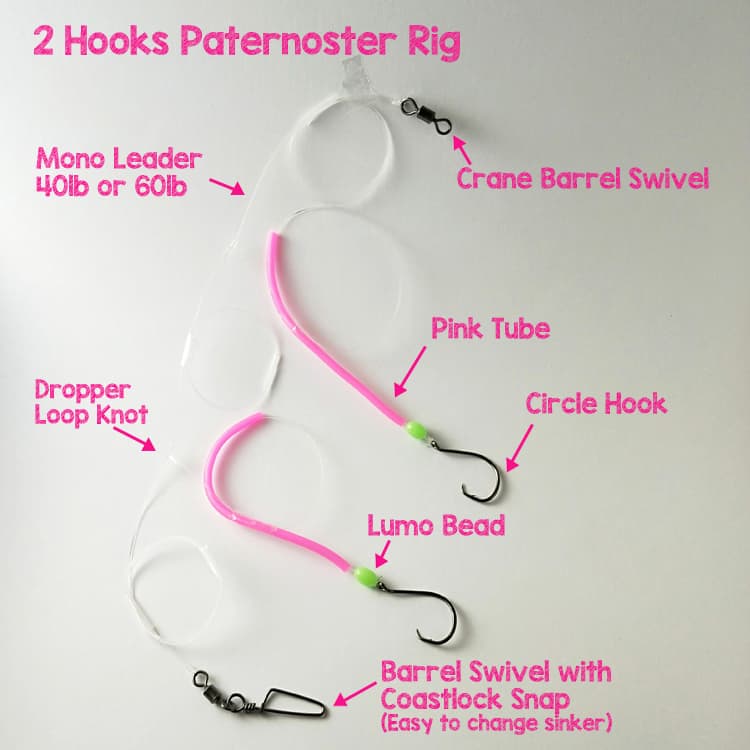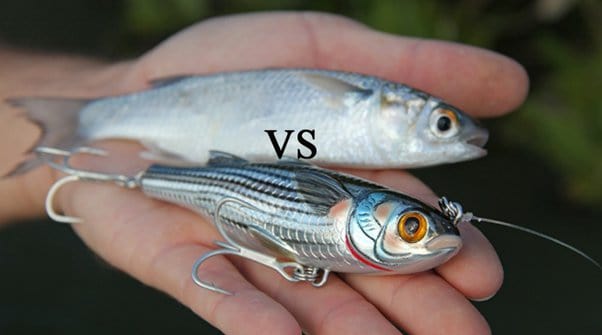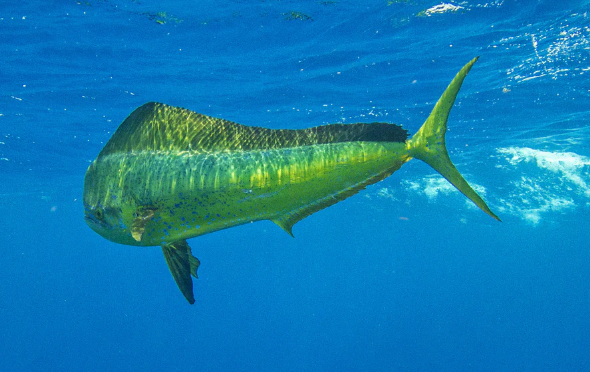Snapper fish are highly prized by recreational fishers across the country for their exceptional fighting ability, striking appearance, and delicious taste. Despite their name, Snapper fish are not members of the true Snapper family, but are actually part of the Sea bream family, which also includes Bream and Tarwhine.
These fish have a distinctive appearance, with a silvery pink to red upper body that gradually fades to a light pink to silvery white lower body. They are covered in small, bright blue spots, which become less prominent in larger specimens. The bottom fins of Snapper fish often display a blue tinge.
As Snapper fish grow larger, they develop a steep sloping forehead and may also develop prominent bony humps through a process known as ‘hyperostosis’. Male Snapper fish can also display similar bumps on their snout, which are believed to be used during breeding to nudge females and stimulate the release of eggs.
Overall, Snapper fish are a highly sought-after species with a unique appearance and fascinating physical characteristics.
Other Names:
Snapper fish are also known by several other names including Pinky, Knobby, Big Red, Australasian Snapper, Old Man Snapper, Squire, Cockney Bream, Pink Snapper, Rugger, Nobby, Reddie, and Red Bream.
Common size:
Snapper fish typically range in size from 30 to 60 centimeters.
Related species:
Snapper fish are related to other bream species such as the Black Bream (Acanthopagrus butcheri), Tarwhine (Rhabdosargus sarba), and Yellowfin Bream (Acanthopagrus australis).
Lifespan:
Snapper fish are a slow-growing species that can live for at least 40 years.
Habitat:
Snapper fish are bottom-dwelling fish that prefer reef environments and areas of patchy reef and sand. Juvenile Snapper fish can be found in shallower near shore habitats such as bays and estuaries, while adults have a wider habitat range and can be found between the shoreline out to depths of 200 to 300 meters.
Reproduction:
Snapper fish do not mature until they are approximately 58 centimeters and 5 to 6 years of age. Spawning season varies between locations and occurs between April and October in warmer waters and between October and December in cooler waters. During spawning season, Snapper fish can form large aggregations consisting of thousands of fish, and fertilization occurs externally as males and females release eggs and sperm into the water.
Diet:
Snapper fish are mostly carnivorous and feed on a wide range of organisms including crustaceans, mollusks, fish, worms, urchins, jellyfish, and algae.
Catch care:
While some anglers choose to release larger Snapper fish, these fish are also great for consumption. To prepare Snapper fish for consumption, they should be immediately bled and placed on ice, preferably in a salty ice slurry.
How to catch Snapper?
Best Time and Location for Snapper Fishing
The prime time to catch Snapper is during the first and last light of the day, with a few hours before and after also being productive. Additionally, the period leading up to a full moon is believed to be a good time to target them.
When fishing for Snapper from a boat, it’s important to consider the seasonal movements and the latest fishing reports as Snapper can be caught in a range of depths and bottom types. When targeting them on shallow inshore reefs, look for patchy sand/reef or rubblier bottom structures around known Snapper grounds. Snapper will often show up as arches on your sounder sitting up off the bottom and throughout the lower half of the water column.
On deeper reefs, search for broken or rough ground, ledges or steep drop-offs. Keep an eye on your sounder for arches in the bottom third to a half of the water column to locate Snapper.
Fishing Techniques for Shallow Inshore
Fishing for Snapper in shallow water on light line can be challenging yet highly rewarding. Once you have found a good spot, anchor up-current or upwind from the mark. Next, create a nice berley trail to attract the fish towards your boat. Ensure that the berley flows out off the back of the boat, rather than towards the anchor.
When baitfishing, cast lightly weighted baits into the berley trail and let them slowly flutter towards the bottom. Baitrunner style reels like the Shimano Baitrunner are ideal for this type of fishing. Set your drag before casting to avoid mid-fight adjustments, which can lead to disastrous results. If you plan to set the rod in a holder, engage the Baitrunner function and wait for the fish to take off with the line before striking. To avoid bust-offs, fish with a lighter drag, especially when fighting Snapper in shallow water. When using multiple rods, spread the baits out and vary the cast distance.
For soft plastics fishing, focus your casts in and around the berley trail, and throw the occasional cast to the sides in the “dead water.” Vary the cast length and retrieve depth until you find where the fish are most plentiful. Experiment with different actions and retrieval speeds to see what works best on the day. Also, try different size, shape, and color plastics to suit the conditions. In murky water or overcast days, brighter colors like pink, yellow, and white tend to work better, while browns, blacks, and reds are better suited for clearer water.
Fishing Techniques for offshore
Fishing for Snapper in deeper offshore areas can be done through anchoring or drifting. When drifting, start around 50-60m away from the mark and drop your baits overboard, then engage the reel once they hit the bottom. Use the smallest sinker possible to hold bottom during the drift, but consider using larger and harder baits if pickers are taking your bait before reaching the mark. If your sounder detects arches mid-water, try drifting lighter weighted baits through the water column.
Fishing at anchor requires a different approach, with a larger bean or ball sinker needed to ensure baits reach the bottom. A berley trail is advantageous if the current is not too strong and if the current is going off the back of the boat or to the side where you are fishing. If the current is heading towards the bow/anchor, this may not be the best option. Cast your baits a few meters off the back of the boat and leave the bail open until you are in the strike zone. Keep a firmer drag to keep the fish off the bottom, and strike hard when you get a solid take to ensure the hook penetrates firmly into the fish’s hard bony mouth. This method can also increase your chances of hooking into other welcome species such as Kingfish, Mulloway, Teraglin, Bonito, Cobia, Mackeral and more.
Best baits for Snapper
When it comes to selecting baits for Snapper, it’s essential to consider the water conditions, time of day, and the type of Snapper you are targeting.
Whole fish baits are generally more effective when targeting larger Snapper in deeper water. These baits can include pilchards, yellowtail, whiting, tommy rough, scaley mackerel, and garfish. These baits can be rigged either whole or cut into sections, depending on the size of the fish you are targeting.
If you are fishing in shallow water or targeting smaller Snapper, slab or fillet baits of slimy mackerel, whiting, tailor, yellowtail, trevally, salmon, and sergeant baker can be highly effective. These baits can be rigged as a single or multiple baits on a hook, depending on the size of the bait and the presentation you want to create.
For targeting bigger Snapper, head baits or butterfly baits of slimy mackerel, whiting, tommy rough, can be highly effective. These baits are usually rigged in a way that presents the bait in a lifelike manner, giving it a more natural appearance in the water.
In addition to these baits, other great strip baits for Snapper include cuttlefish, squid, and octopus. These baits can be highly effective when fishing in deep water or when Snapper are feeding on smaller baitfish.
Overall, when selecting baits for Snapper, it’s essential to consider the conditions and the type of fish you are targeting. Experiment with different baits, rigs, and presentations to find what works best for you.





